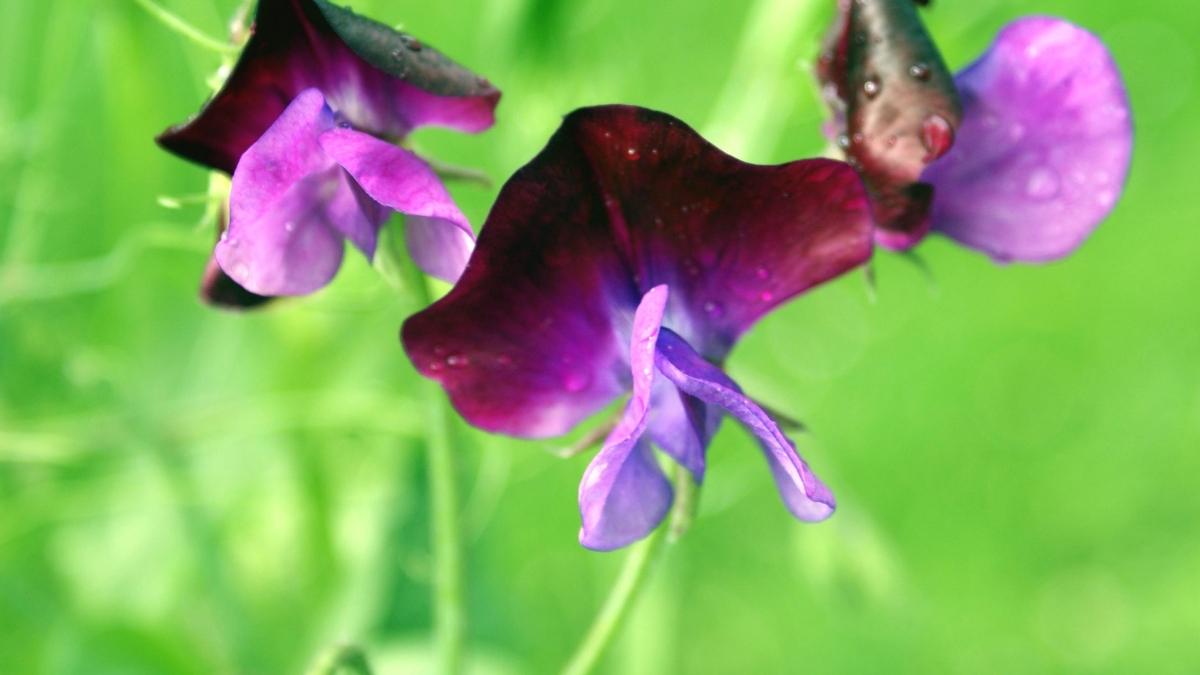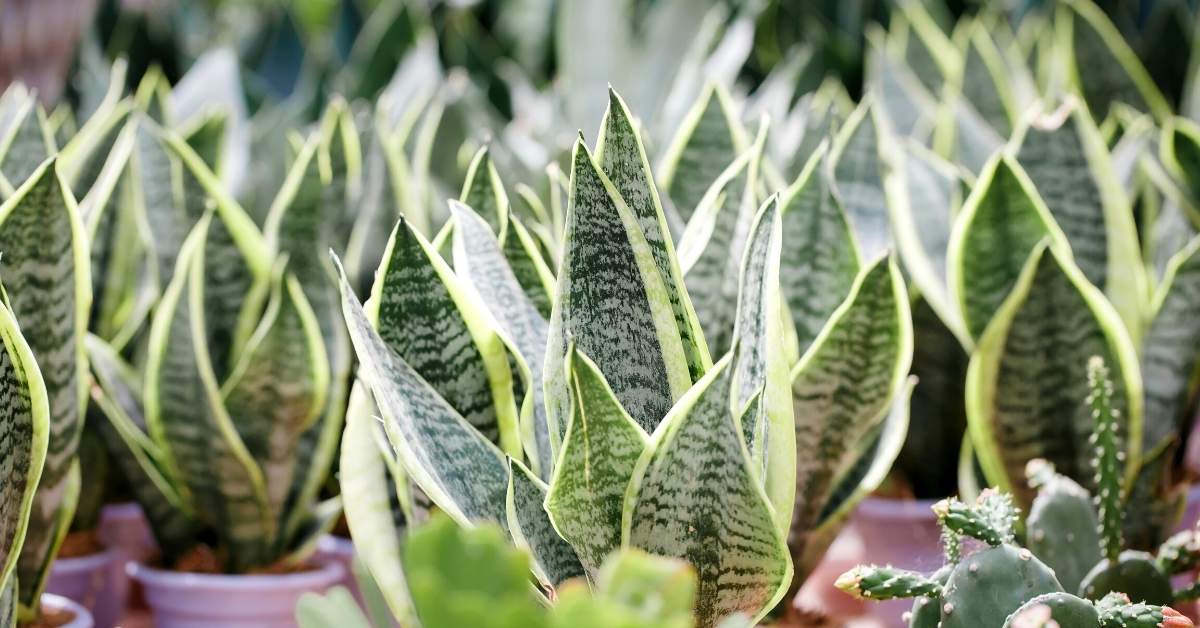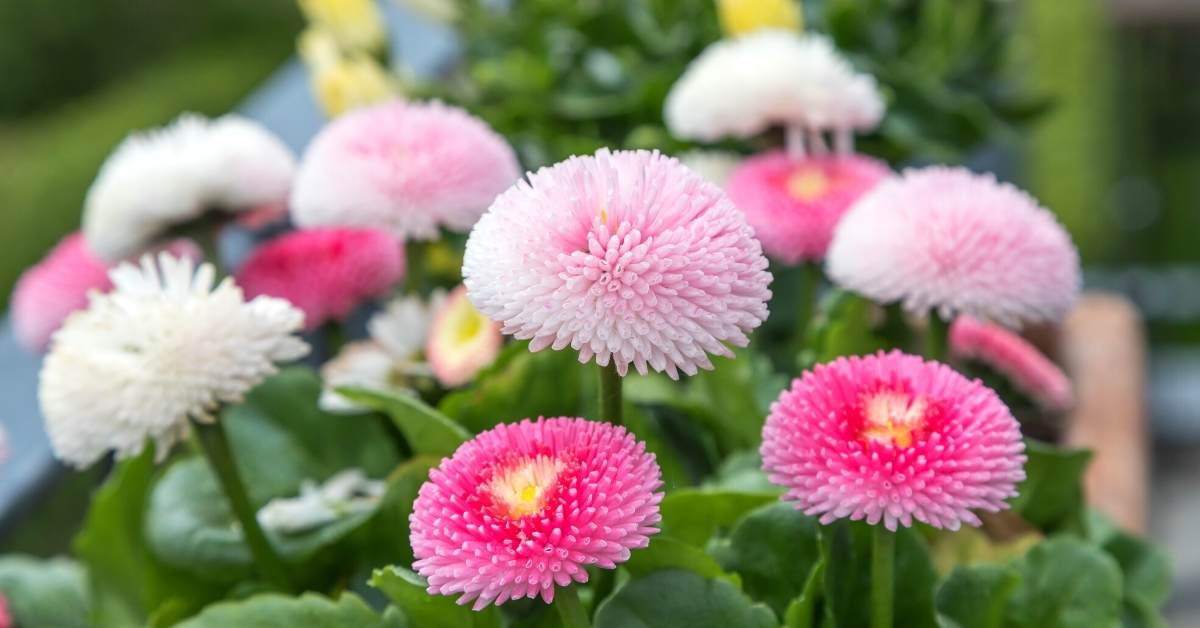Knowing the tips for growing and planting sweet peas might be requisite for many people as sweet peas are among one of the most popular, demanded, and easy to grow cottage garden flowers, because of their beautiful blooms and gorgeous scent.
When they are grown on wigwam-shaped plant support, they form a marvelous column of fragrant, summer color in both beds and borders. Growing and planting Sweet Peas is quite a simple task and they are excellent cut flowers. The more you pick your sweet peas, the more they’ll grow.

Here are 10 tips for growing and planting sweet peas:
- Sweet Peas are pretty easy to grow from seed and are one of the most fragrant & colorful plants available. They prefer rich, moist soil. Soak the sweet pea seeds before planting for faster germination.
- Sweet Peas will do best if planted in the area, and they will remain. They don’t transplant well.
- Although Sweet Peas smell lovely, they are not edible. All parts of the sweet pea are poisonous.
- Sweet Pea is sometimes affected by Fusarium wilt. They will turn yellow at the base of the stem, and flowers wilt, wither, then die. There is no cure for this. Remove and destroy affected plants and do not use the seeds for replanting.
- One of the other tips for growing sweet peas in your garden is to know the fact that slugs and snails also love sweet peas. If you find these pests visiting your garden, offer them a beer. They will be so guilt-ridden for having destroyed your beautiful plants that they will drown in their sorrows.
- If sweet peas are planted near snap beans, they will attract pollinating insects, and your beans will flourish.
- Sweet Peas are great for both their outdoor beauty and indoor floral arrangements. If you often pick the flowers, they will produce more blooms and continue growing flowers for a longer time.
- Picking or pinching back sweet peas not only will help produce more blooms but will also help get rid of any aphid colonies that are beginning to establish a presence.
- If planted at the base of a lilac, they will begin flowering shortly after the lilac has finished adding more color. Use a climbing variety for this purpose.
- Save your seeds for planting next year if your sweet peas have not come into contact with any disease. Be sure not to confuse the sources with regular garden peas, as they are poisonous.


